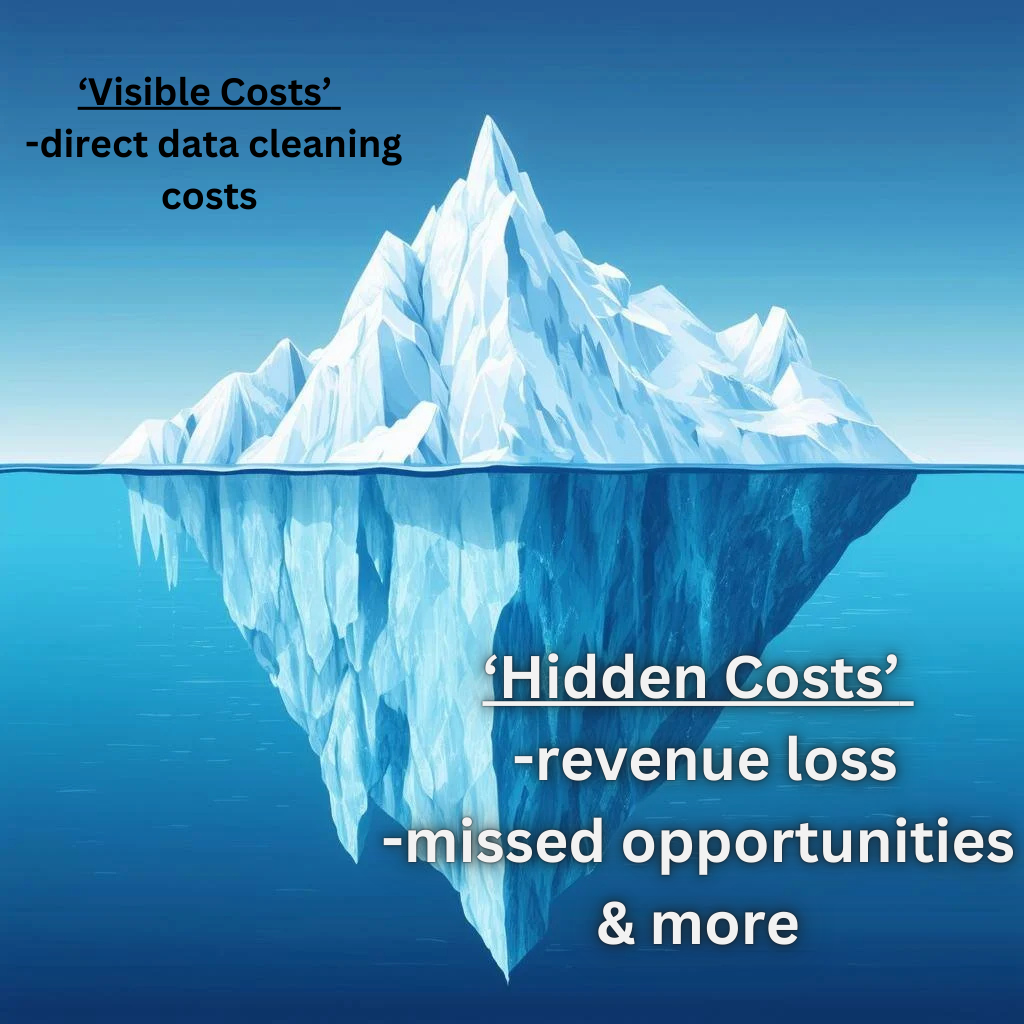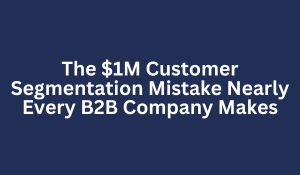The 10/80/10 Rule: Why Your Marketing Attribution Model Is Wrong
"Which marketing channel drives the most revenue?" If this question produces confident answers from your team, they're likely wrong.
According to Gartner's Marketing Analytics Survey, 82% of marketers are using attribution models that fundamentally misrepresent how buyers actually make decisions.
The problem lies in what I call the 10/80/10 rule of attribution: only 10% of customer interactions are properly tracked, 80% occur across fragmented channels that aren't connected in your analytics, and 10% are completely invisible to your systems.
This isn't just a theoretical concern. McKinsey analyzed marketing effectiveness across 400+ companies and found that those with more sophisticated attribution approaches achieved a 15-30% improvement in marketing efficiency. That's potentially millions in recovered spend that most companies are leaving on the table.
Why do standard attribution models fail? Forrester identified three critical limitations:
- Channel fragmentation: The average B2B purchase involves 23+ touchpoints across 8+ channels, many of which aren't properly tracked.
- Dark social sharing: Up to 80% of content sharing happens through private channels (email, messaging, direct social).
- Cross-device journeys: 86% of buyers regularly switch between at least three devices during research.
The most concerning finding comes from LinkedIn's B2B Institute, which discovered that attribution models systematically undervalue brand and top-of-funnel activities by 3-10x because they can't properly capture their long-term effects.
Companies following these flawed models inadvertently shift budget toward bottom-funnel tactics, which appears to improve ROI in the short term but undermines growth over time.
Develop a marketing ROI report to address these challenges instead of simplistic "last click" or "first touch" models. Our multi-touch attribution approach integrates data across online and offline channels, accounts for time decay effects, and properly weights both influence and conversion activities.


